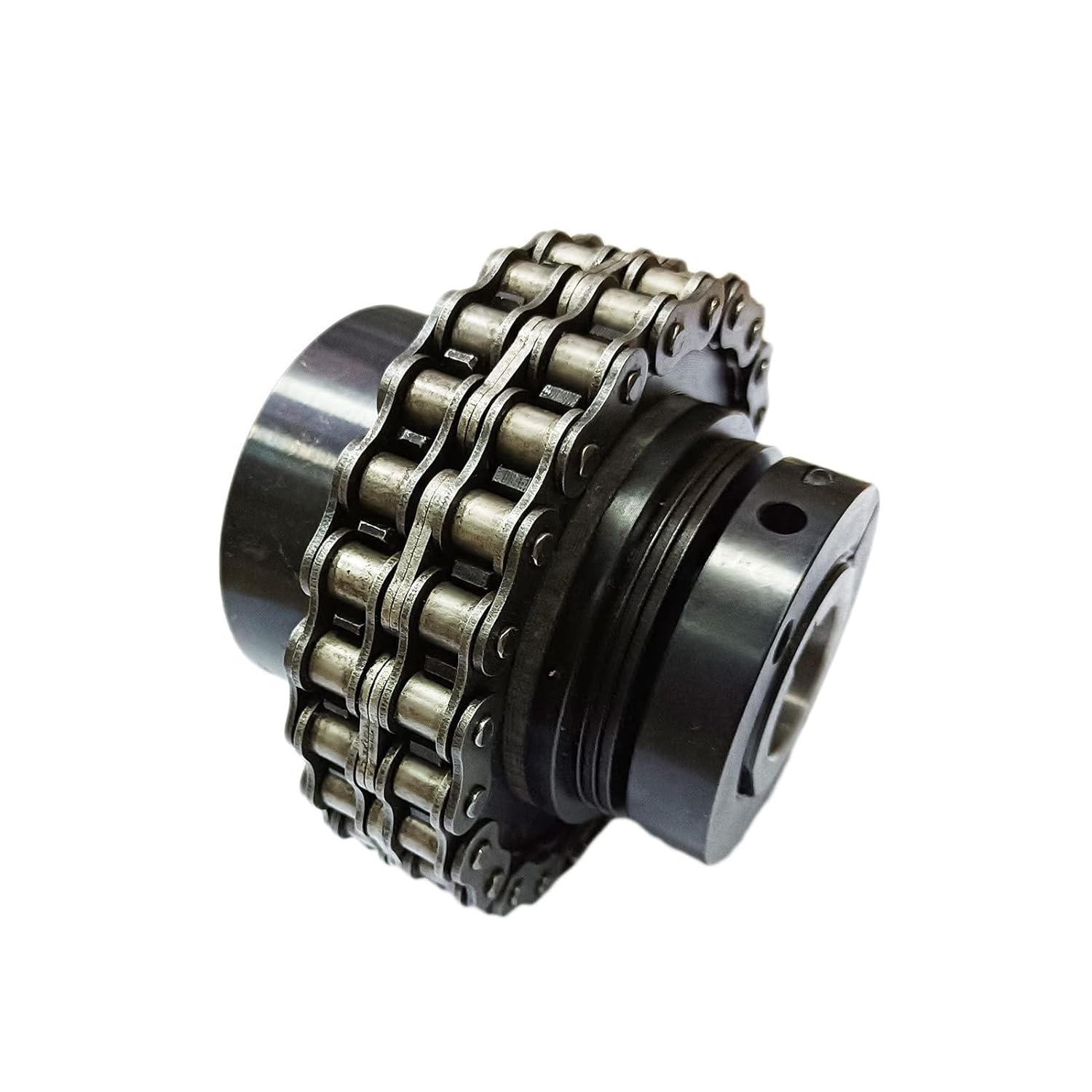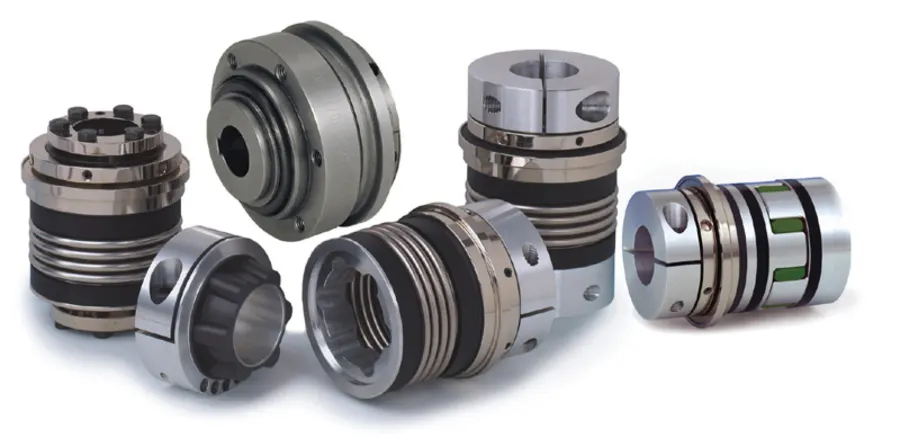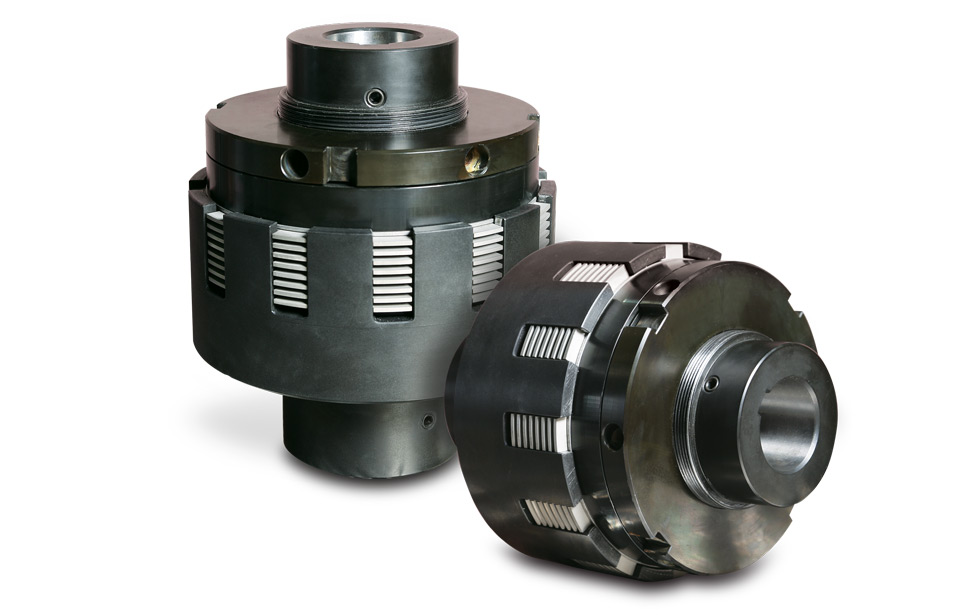Product Description
Notched Rubber Tension Roller Sand Drum for Sanding Band or Sanding Circle
[Material]
Rubber drum with metal shank.
[Applications]
It is matching product of Sanding Band/Sand Circle for grinding internal surface of metal pipes.
[Applicable Industry]
Metal processing, Machine manufacture and maintenance.
[Applicable Tool]
Straight Grinder.
[Advantages]
Fast and safe, easy to handle, powerful grinding force, can bear high RPM.
[Specification]
| Diam x Thickness x Shank Diam (mm) |
| 6.5 x 12.7 x 2.34 |
| 10 x 10 x 6 |
| 10 x 20 x 6 |
| 13 x 10 x 6 |
| 13 x 25 x 6 |
| 15 x 10 x 6 |
| 15 x 30 x 6 |
| 19 x 25 x 6 |
| 22 x 20 x 6 |
| 25 x 25 x 6 |
| 30 x 20 x 6 |
| 30 x 30 x 6 |
| 38 x 25 x 6 |
| 45 x 30 x 6 |
| 51 x 25 x 6 |
| 60 x 30 x 6 |
| 75 x 30 x 8 |
| 100 x 40 x 8 |
*Specifications beyond the list can be customized.
/* January 22, 2571 19:08:37 */!function(){function s(e,r){var a,o={};try{e&&e.split(“,”).forEach(function(e,t){e&&(a=e.match(/(.*?):(.*)$/))&&1
| Material: | Sanding Band |
|---|---|
| Abrasive: | Natural Abrasives |
| Shapes: | With Handle |
| Types: | Surface Grinding Wheel |
| Cylindricity: | <0.5 |
| Technics: | Conversion Processing |
| Samples: |
US$ 0/Piece
1 Piece(Min.Order) | |
|---|
| Customization: |
Available
|
|
|---|

Are there aftermarket upgrades available for tensioner rollers to improve their functionality?
Yes, there are aftermarket upgrades available for tensioner rollers that can improve their functionality and performance. Aftermarket upgrades offer alternatives to the original equipment manufacturer (OEM) tensioner rollers, providing enhanced features, materials, and design. Here’s a detailed explanation of aftermarket upgrades for tensioner rollers:
1. High-Performance Materials:
Aftermarket tensioner rollers often utilize high-performance materials that offer improved durability, heat resistance, and wear characteristics compared to standard OEM rollers. These materials may include advanced polymers, reinforced composites, or specialty alloys. Upgrading to tensioner rollers with high-performance materials can enhance their functionality by increasing their lifespan and performance under demanding operating conditions.
2. Upgraded Bearing Systems:
Bearing systems in tensioner rollers can be upgraded with higher-quality bearings or specialized bearing designs. Improved bearing systems can offer smoother operation, reduced friction, and increased load-bearing capacity. Upgraded bearing systems contribute to improved functionality by reducing noise, vibration, and wear, and enhancing overall performance and reliability.
3. Damping Mechanisms:
Some aftermarket tensioner rollers feature enhanced damping mechanisms to reduce belt noise and vibration. These damping mechanisms can include rubberized coatings, silicone inserts, or advanced damping materials. Upgrading to tensioner rollers with improved damping capabilities can enhance functionality by providing a quieter and smoother operation, improving the overall driving experience.
4. Tension Adjustment Features:
Aftermarket tensioner rollers may offer additional features for tension adjustment. These features can include adjustable tension springs, mechanical or hydraulic tensioners, or built-in tension adjustment mechanisms. Upgraded tension adjustment features allow for fine-tuning of belt tension to meet specific performance requirements, optimizing functionality and performance under varying load and operating conditions.
5. Performance-Enhancing Designs:
Aftermarket tensioner rollers may incorporate performance-enhancing design elements. These designs can include optimized pulley profiles, improved belt contact surfaces, or modified geometries for better belt tracking. Performance-enhancing designs contribute to improved functionality by reducing belt slippage, improving power transfer efficiency, and minimizing wear on the belt and other components.
6. Enhanced Durability:
Aftermarket tensioner rollers may offer enhanced durability features to withstand demanding conditions. These features can include reinforced construction, corrosion-resistant coatings, or additional protection against contaminants. Upgrading to tensioner rollers with enhanced durability can enhance their functionality by reducing the risk of premature failure, extending their lifespan, and improving overall system reliability.
7. Compatibility and Fitment:
Aftermarket tensioner rollers are designed to be compatible with specific vehicle makes and models. They are engineered to match the original specifications and fitment requirements, ensuring proper installation and functionality. Upgrading to aftermarket tensioner rollers that are compatible with the vehicle’s belt system promotes optimal functionality and performance.
8. Manufacturer Reputation and Quality:
When considering aftermarket upgrades for tensioner rollers, it is important to choose reputable manufacturers known for their quality products. Selecting aftermarket tensioner rollers from trusted manufacturers ensures that the upgrades will provide the desired functionality and performance improvements, backed by reliable engineering and manufacturing processes.
In summary, aftermarket upgrades for tensioner rollers offer various enhancements to improve their functionality and performance. These upgrades can include high-performance materials, upgraded bearing systems, damping mechanisms, tension adjustment features, performance-enhancing designs, enhanced durability, and compatibility with specific vehicles. Choosing aftermarket upgrades from reputable manufacturers can provide reliable improvements to the functionality of tensioner rollers, contributing to enhanced belt system performance and overall vehicle drivability.

Can tensioner rollers be customized for specific industries or machinery configurations?
Yes, tensioner rollers can be customized to suit specific industries or machinery configurations. The ability to customize tensioner rollers allows for optimal performance and compatibility with unique requirements. Here are some aspects to consider:
1. Size and Dimensions:
Tensioner rollers can be customized to meet specific size and dimensional requirements. This includes variations in diameter, width, and overall dimensions to ensure proper fit and alignment within the machinery or system. Custom sizing ensures that the tensioner roller integrates seamlessly with other components and accommodates the available space constraints.
2. Load Capacity:
Industries and machinery configurations can have varying load capacities based on the application’s demands. Customized tensioner rollers can be designed to handle specific load requirements, ensuring they can support the intended loads without compromising performance or longevity. This customization helps prevent premature wear or failure due to excessive loads.
3. Material Selection:
Tensioner rollers can be customized by selecting materials that are best suited for the specific industry or machinery configuration. Different materials offer varying properties such as strength, durability, resistance to heat, chemicals, or abrasion. Customization allows for the selection of materials that can withstand the unique environmental conditions and operational demands of the application.
4. Coatings and Surface Treatments:
Customization of tensioner rollers also includes the application of coatings or surface treatments to enhance their performance and durability. Coatings such as ceramic, rubber, or Teflon can provide increased wear resistance, reduce friction, and improve the lifespan of the tensioner roller. Customized surface treatments can enhance corrosion resistance or provide specific surface properties required for the application.
5. Mounting and Adjustment Mechanisms:
Tensioner rollers can be customized to incorporate specific mounting and adjustment mechanisms based on the machinery or system configuration. This includes options for adjustable mounting positions, tension adjustment features, or quick-release mechanisms for easy installation, maintenance, and tension adjustments. Customized mounting and adjustment mechanisms ensure optimal functionality and ease of use.
6. Special Features and Accessories:
Depending on the industry or machinery requirements, tensioner rollers can be customized with special features and accessories. These may include additional bearings, seals, or guards to enhance protection, improve performance, or meet specific safety standards. Customized tensioner rollers can also incorporate sensors or monitoring systems to enable condition monitoring and predictive maintenance.
7. Compliance with Industry Standards:
Customized tensioner rollers can be designed to comply with specific industry standards, regulations, or certifications. Industries such as automotive, aerospace, or food processing may have stringent requirements that need to be met. Customization ensures that tensioner rollers meet the necessary standards and provide reliable performance within the specified guidelines.
In summary, tensioner rollers can be customized to suit specific industries or machinery configurations. Customization allows for tailoring the size, load capacity, material selection, coatings, mounting mechanisms, special features, and compliance with industry standards. By customizing tensioner rollers, industries can ensure optimal performance, longevity, and compatibility with their unique requirements.

How do tensioner rollers differ from other components in a vehicle’s belt drive system?
Tensioner rollers in a vehicle’s belt drive system have distinct characteristics that set them apart from other components. Here’s a detailed explanation of how tensioner rollers differ from other components in a vehicle’s belt drive system:
1. Function:
Tensioner rollers are specifically designed to maintain proper tension in belts within the vehicle’s belt drive system. Their primary function is to apply the necessary force to keep the belts properly tensioned, ensuring efficient power transmission and preventing slippage. Other components in the belt drive system, such as pulleys or idler pulleys, have different functions like redirecting the belt’s path or guiding it around various engine accessories.
2. Design:
Tensioner rollers, also known as belt tensioners or idler pulleys, typically consist of a pulley-like structure mounted on a spring-loaded arm or bracket. They have a smooth or grooved surface that comes into contact with the belt. The design allows the tensioner roller to rotate freely on bearings or bushings, accommodating the movement of the belt and maintaining the desired tension. In contrast, other components in the belt drive system, such as crankshaft pulleys or accessory pulleys, have different shapes and configurations depending on their specific tasks.
3. Tension Adjustment:
Tensioner rollers are designed to automatically adjust the tension in the belts. They can compensate for belt stretch or wear by adapting their position and maintaining the desired tension level. This self-adjusting feature ensures consistent belt tension throughout the vehicle’s operation. In contrast, other components in the belt drive system usually have a fixed position and do not actively contribute to tension adjustment.
4. Location:
Tensioner rollers are typically positioned at strategic locations within the belt drive system to optimize tensioning. They are often placed in locations where the belt’s tension tends to decrease due to the movement of different engine accessories. This placement allows the tensioner rollers to provide the necessary tension and prevent belt slippage. Other components, such as crankshaft pulleys or accessory pulleys, have specific positions based on their roles in driving the various engine accessories.
5. Maintenance and Replacement:
Tensioner rollers require regular maintenance and inspection to ensure their proper functioning. They may need lubrication, and their condition should be checked for signs of wear, damage, or misalignment. If a tensioner roller is found to be faulty or no longer providing adequate tension, it should be promptly replaced to prevent belt-related issues. Other components in the belt drive system may have their maintenance requirements and replacement intervals based on their specific design and usage.
6. Impact on Belt Performance:
Tensioner rollers have a direct impact on belt performance by maintaining the correct tension. They help prevent belt slippage, ensure optimal power transmission, and contribute to the overall efficiency and reliability of the belt drive system. Other components, although crucial for the system’s operation, may not have the same direct influence on belt tension and performance.
In summary, tensioner rollers differ from other components in a vehicle’s belt drive system in terms of their function, design, tension adjustment capabilities, location, maintenance requirements, and impact on belt performance. Understanding these differences is important for effectively maintaining and optimizing the performance of the belt drive system in a vehicle.


editor by CX 2024-03-29